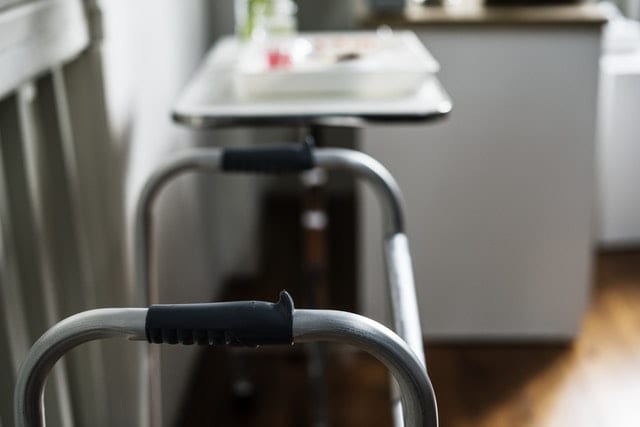
Helping People With Cerebral Palsy Walk Further
 Sizes of leg muscles in people with cerebral palsy can be half the size of muscles in people who don’t have cerebral palsy, making it difficult for them to walk or run. A new study funded by Australian Rotary Health (ARH) and the Rotary Club of St Ives has found that exercise may help people with cerebral palsy walk a little further.
Sizes of leg muscles in people with cerebral palsy can be half the size of muscles in people who don’t have cerebral palsy, making it difficult for them to walk or run. A new study funded by Australian Rotary Health (ARH) and the Rotary Club of St Ives has found that exercise may help people with cerebral palsy walk a little further.
Jarred Gillett from the University of Queensland was awarded an ARH Funding Partner PhD Scholarship from 2014-2017 to conduct a randomised controlled trial of progressive resistance training and functional training on muscle properties and mechanical gait deficiencies in youth with spastic type cerebral palsy.
“This study was the first of its kind in Australia to measure muscle size changes in young adults with cerebral palsy after this kind of exercise training,” Jarred said.
17 young adults with cerebral palsy were recruited to the study and separated into either a 12-week training program or a waitlist control group.
“Young adults with cerebral palsy did some running training combined with lifting weights with their legs to make them bigger and stronger. They did this training for 12 weeks, three times a week.”
“We also had a group of young adults with cerebral palsy who did not do any exercise so that we could compare them to see if the exercises helped.”
From the randomised controlled trial, Jarred found that:
- Doing some strength training and running exercises can make muscles bigger and stronger and help with walking and running ability.
- In people with cerebral palsy, those with stronger calf muscles can walk further distances (regardless of age) than those with weaker calf muscles.
- Strength training and running exercises do not seem to change the strategies or techniques people with cerebral palsy use to walk.
- Strength training and running exercises do not seem to change how stiff the muscles and joints are in people with cerebral palsy.
“Overall, the weight lifting and running training was able to make their muscles bigger, stronger, and help them walk further,” Jarred said.
“These results suggest that strength training and running training can be performed safely and effectively in people with cerebral palsy without making their muscles or joints stiffer,” Jarred said.
Jarred has had his PhD work published in five journals and graduated at the end of 2018.
Download articles (in PDF format) here and here to learn more.
Media contact: Jessica Cooper – (02) 8837 1900 or [email protected]